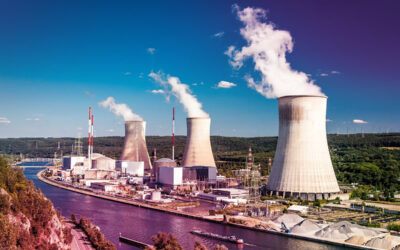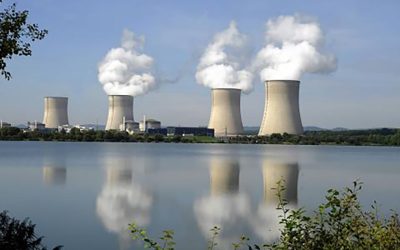The Paris Agreement’s main objective is to keep the global temperature rise until 2100 below 2oC above the pre-industrial levels. A further ambition is 1.5oC. But current actual measurements show that these ambitious goals will not be met showing that there must be a fundamental flaw in the existing calculation methods and the lack of understanding about the missing mechanisms of CO2 emissions that are either unknown or ignored. In the year 2020, the `globally-calculated` CO2 emissions exceeded 36 billion tons. This calculation is carried out based on different fractions of coal, oil, gas, and renewable energy sources worldwide, all of which have different unit CO2 content. This is a simplistic calculation on the supply side. But no one asks where these fuels and energy sources are used and how rational the utilization of their useful work potential is. For example, if natural gas, which has a useful work potential of 87% of its energy content and burns almost at 2000oC, is simply used in a condensing boiler for comfort heating at 20oC, then the rationality of using such a valuable fuel for only heating on the demand side is only about 10%, although condensing boilers are generally claimed to be more than 95% efficient. Natural gas for example could be used in power generation, industry, and finally, the waste heat could be serviced to the buildings. Otherwise, almost 80% of the useful work potential is destroyed irreversibly in a condensing boiler in buildings. This destruction leads to additional CO2 emissions responsibility, which keeps unattended. In other words, we `calculate` the direct emissions but ignore the additional emissions responsibilities due to mismatches of useful work potential between the supply and demand. This is so because someone, somewhere, and by some means, at some time will need to offset this destruction by additional fuel and effort. This discrepancy is very important in emissions control against climate emergency. To sustainably reduce global warming according to the Paris agreement, it is necessary to recognize what is missing between the conventional CO2 emissions `calculations` and the reality. This difference is about 80% of the calculated values. Because the current calculations ignore the rationality factor measures yet to be taken miss about half of the solution opportunities. Figure 1 shows a linearized projection of variables like efficiency (The one that we know), energy rationality (That we do not know yet), the average unit CO2 emissions factor, the ratio of renewables in the energy stock. For example, in 2020, the global average efficiency in all sectors like mobility, heating and cooling, agriculture, industry, etc. is estimated to be around 0.4. Penetration of renewables to the energy supply stock is around 20%, the global average of the degree of rationality, which shows how useful work potentials are balanced among the supply and demand sides in the entire sector 0.2.

By using these estimates, Figure 2 was prepared. It is understood that when we recognize the importance of the rationality factor, which is the missing link s far, the targets of the Paris agreement will not be reached. Now, this link is included in Figure 2.

According to Figure 2, the carbon-neutral target for 2050, based on simple emission calculations will be missed by about 0.6 kg CO2/kW-h in the best scenario of today`s strategies. In 2060, the Paris Agreement goal will also be missed by about 0.3 kg CO2/kW-h. Even worse, a 30% renewable target of around 2025 will stay above the requirements for reducing climate crisis and remain there unless the recent natural gas craze and insistence of coal is abandoned by all nations. Generating hydrogen from coal will not a solution either and it will stay at a high emissions point if the hydrocarbon economy continues. Figure 2 further shows that whatever measures are taken, we will not be able to reach a negative carbon state unless we embrace nature and incorporate it with rational carbon capture methodologies. As a result, all strategists and energy policymakers need to recognize the importance of the rationality factor in all applications. Then new methodologies, new equipment, buildings, machinery, and performance metrics need to be developed to rate these applications towards truly minimum CO2 emissions responsibilities, which have a definite effect on global warming. In this quest, the goal must be to minimize useful work potential destructions. After all, rationality is a matter of wisdom and we can all do that because all we need is a change of our today`s mindset.
Prof. Dr. Birol Kılkış
OSTİM Technical University






